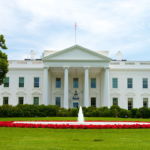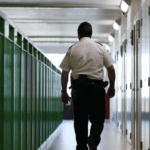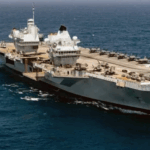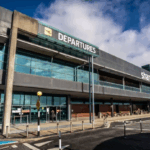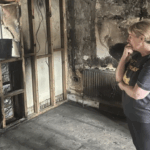South Korean investigators are intensifying their probe into the deadly crash of a Jeju Air flight on Sunday that killed 179 people. The crash, the deadliest aviation disaster in South Korean history, took place at Muan International Airport, where the Boeing 737-800, carrying 181 people, made an emergency belly landing and collided with a concrete barrier before bursting into flames.
South Korea’s deputy minister for civil aviation, Joo Jong-wan, confirmed that one of the flight’s black boxes, the flight data recorder, will be sent to the United States for analysis. Due to extensive damage, the recorder was deemed unrecoverable for domestic data extraction. “It was agreed today to transport it to the United States for analysis in collaboration with the US National Transportation Safety Board,” Joo said.
The aircraft, which was returning to South Korea from Thailand, issued a mayday call before its crash. Only two flight attendants survived the disaster, having been pulled from the burning wreckage by rescuers. The victims were mostly Korean nationals, with only two passengers from Thailand.
Both of the plane’s black boxes were recovered from the crash site. While the cockpit voice recorder’s initial data extraction has been completed, investigators are still assessing the flight data recorder. The flight data recorder was found with a missing connector, and experts are working to determine how to recover data from it.
Early theories on the cause of the crash pointed to a potential bird strike, but the investigation has expanded to include the concrete barrier at the end of the runway, which video footage showed the plane struck during its descent. The barrier’s role in the crash is under scrutiny, as investigators assess whether it contributed to the severity of the disaster.
Additionally, investigators are examining the plane’s landing gear for possible mechanical failure. Local authorities have launched inspections of all Boeing 737-800 models operated by South Korean carriers, focusing particularly on the landing gear, which failed to deploy properly during the second landing attempt. The aircraft had initially attempted a landing at Muan airport, where the landing gear deployed correctly before the failure occurred on the second attempt.
The investigation continues, with US National Transportation Safety Board representatives now in South Korea to assist with the probe. They are focusing on the aircraft’s navigation system, particularly the localiser—a system used to assist landings—that could have contributed to the crash. The localiser is installed on a concrete structure at the airport, which has been identified as a key factor in the crash’s severity.
While authorities continue to piece together the final moments of the flight, grieving families have expressed frustration over the slow process of identifying the victims. The bodies were severely damaged in the crash, making identification difficult. However, South Korea’s acting president, Choi Sang-mok, assured the public that more bodies had been handed over to relatives, allowing them to begin funeral proceedings.
Memorials for the victims have been set up nationwide, including at Seoul and Muan airports, as the investigation into the tragic crash continues.





